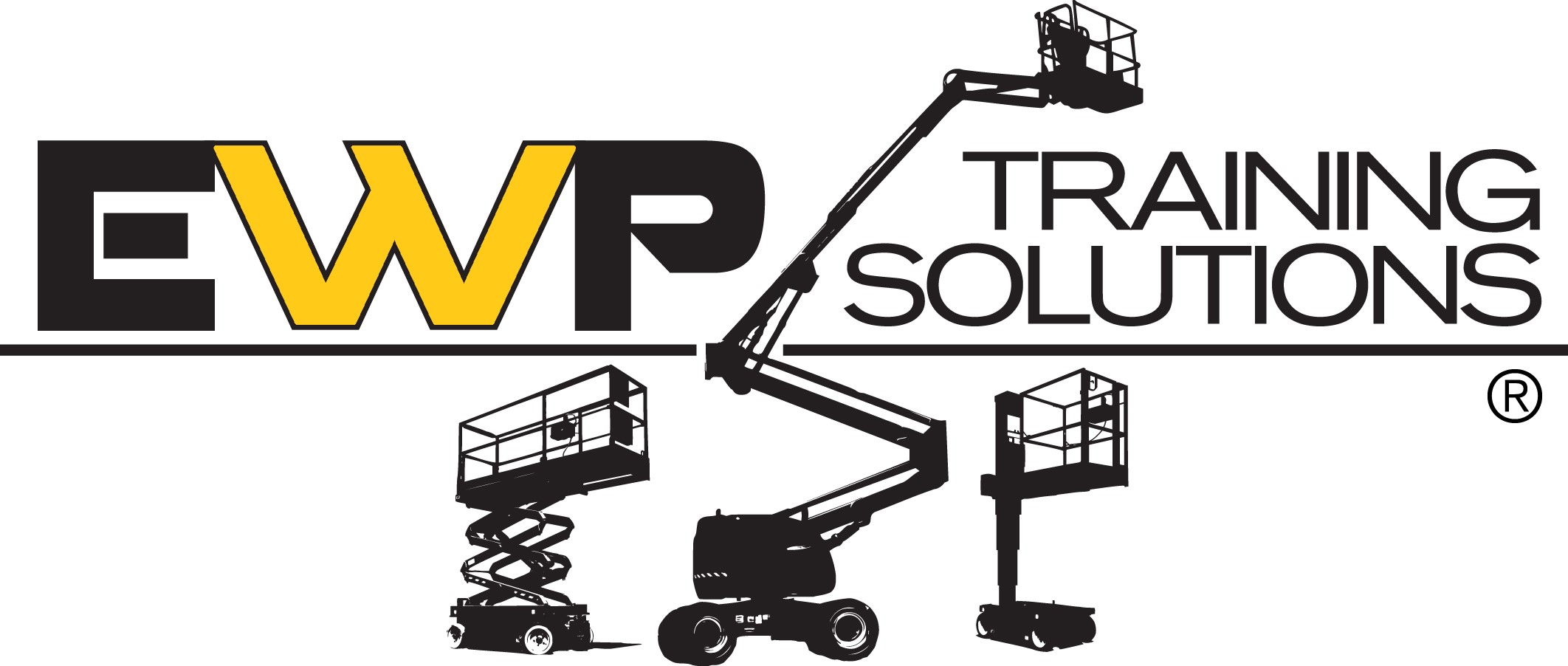Secondary Guarding!
Fatalities caused by crush injuries from elevation while operating an elevated work platform continue to cause death for operators
There were 7 fatal incidents involving elevating work platforms where the workers were trapped or crushed against an overhead obstacle such as a roof or beam. The issues surrounding this type of incident have been highlighted by researchers in the United Kingdom (HSE, 2013). The incidents were classified as ‘possibly’ design-related because the incidents might have been prevented by modifications that have only recently been developed and adopted by some manufacturers.
Two of the incidents are briefly described below:
» A worker was crushed when he was trapped between the basket of an elevating work platform and an overhead beam in the machinery shed of a farm.
» A worker operating an elevating work platform collapsed onto the controls, which caused the platform to rise and pin him against a beam.
There are currently two primary types of ‘anti-entrapment’ devices or modifications available: a frame fitted to the basket that provides a ‘safe zone’ within the platform, and sensor bars/pads that stop the movement of the elevating work platform should the operator be pushed onto them.
Referrence: Safe Work Australia (SWA) Work-related fatalities associated with unsafe design of machinery, plant and powered tools, 2006 – 2011
So What is Secondary Guarding?
A secondary guarding device is a piece of equipment which can be fitted to a Mobile Elevating Work Platform (MEWP) in addition to the primary guarding systems, and is intended to further reduce the risk of entrapment/crushing and / or provide an alert that an entrapment situation has occurred.
Currently there is no single solution to completely eliminate the risk of entrapment in all working environments. Reducing the number of such incidents requires the combined efforts of management, hirers, rental companies, and operators working to:
• Improve management of MEWPs on site including ground conditions, temporary works and supporting structures
• Select the correct equipment based on suitable and sufficient risk assessment
• Supply specific information to allow management / hirer to make informed decisions
• Improve supervisory and operator competence through increased understanding of the hazards and associated risks
As well as manufacturers working to:
• Continuously improve MEWP design and functionality
There are two main design types of secondary guarding device currently available. These are:
• Physical barrier(s)
• Pressure sensing device(s)
The following pictorial examples illustrate “secondary guarding” devices intended to reduce the risk of entrapment, which are available for certain boom type MEWPs
Physical barrier
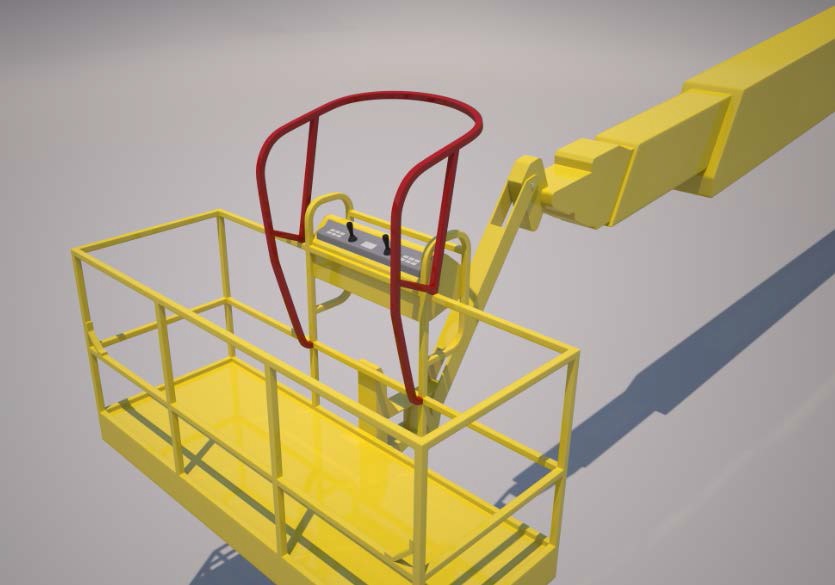
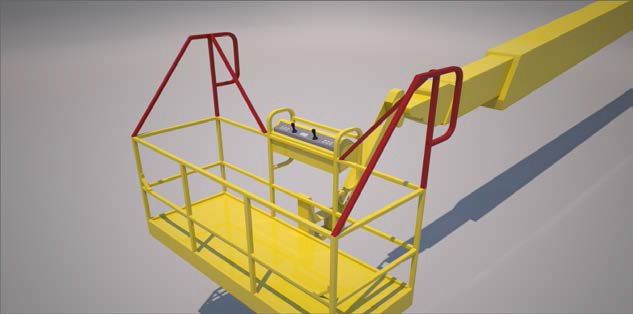
Operator protective structure & Side protection barrier
Pressure sensing device
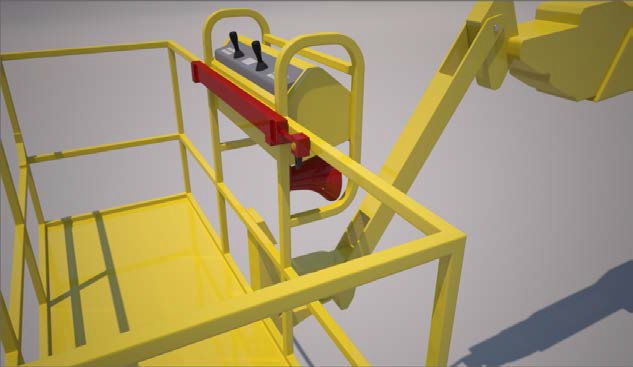
Pressure sensing bar - when activated, it stops further movement and activates audible and visual warning devices
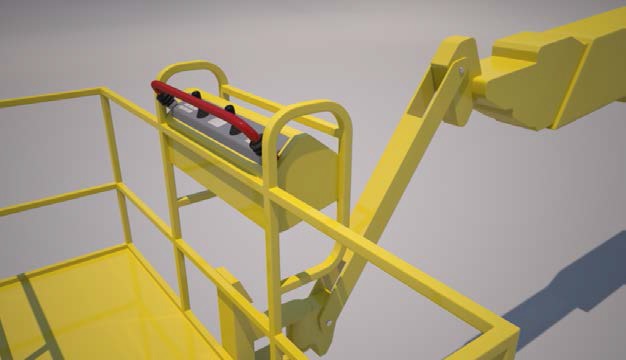
Break-away or moveable pressure sensing stand-off bar - when activated, it stops immediate boom movement, activating audible and visual warning devices, and limits further platform movement
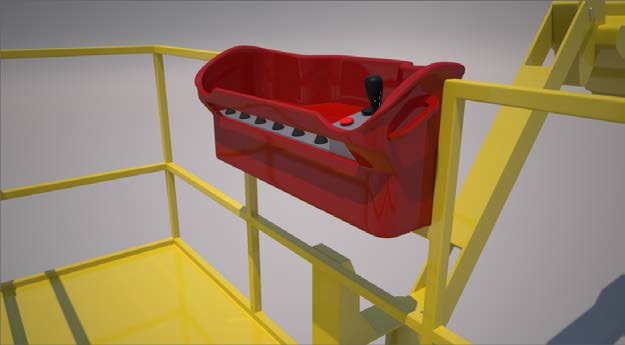
Pressure sensing control panel - when activated, it stops further movement and activates audible and visual warning devices
It should be noted that no one particular device or item of equipment will prevent entrapment in all known circumstances when operating a MEWP and:
• The operator and nominated emergency rescue personnel should be made familiar with the operation of any additional secondary guarding device including functionality, how it is triggered, operated and reset.
• Once fitted, any secondary guarding device should be included in the MEWP pre-use inspection regime.
• When selecting a device or equipment to address a single hazard, consideration should be given to the potential for significantly increasing other possible hazards.
• Some of the devices and equipment shown above can be fitted to existing machines, used independently or in conjunction with each other.
Once the most suitable type of MEWP has been selected for the work task(s) to be undertaken, consideration to further reducing any remaining risk of entrapment may include the selection of an additional secondary device.
As previously noted, there is currently no one particular secondary guarding device that will prevent entrapment in all known circumstances.Therefore the following five points should be considered as part of the risk assessment process to assist the employer to select, where available within the industry, the most appropriate secondary guarding device.
1. Reasons for selecting the MEWP for the intended work task(s)
2. Identification of foreseeable entrapment situations expected to be encountered whilst carrying out the work task(s)
3. Identification of types of secondary guarding devices available, their suitability for the work task(s), and their compatibility with the selected MEWP
4. Consideration of additional hazards compared with the potential benefits that may be gained with the introduction of a secondary guarding device
5. Need for additional familiarisation of operators and emergency rescue personnel for the selected device
referrence: IPAF MEWPs – Guidance on secondary guarding devices available to reduce the risk of entrapment injury
